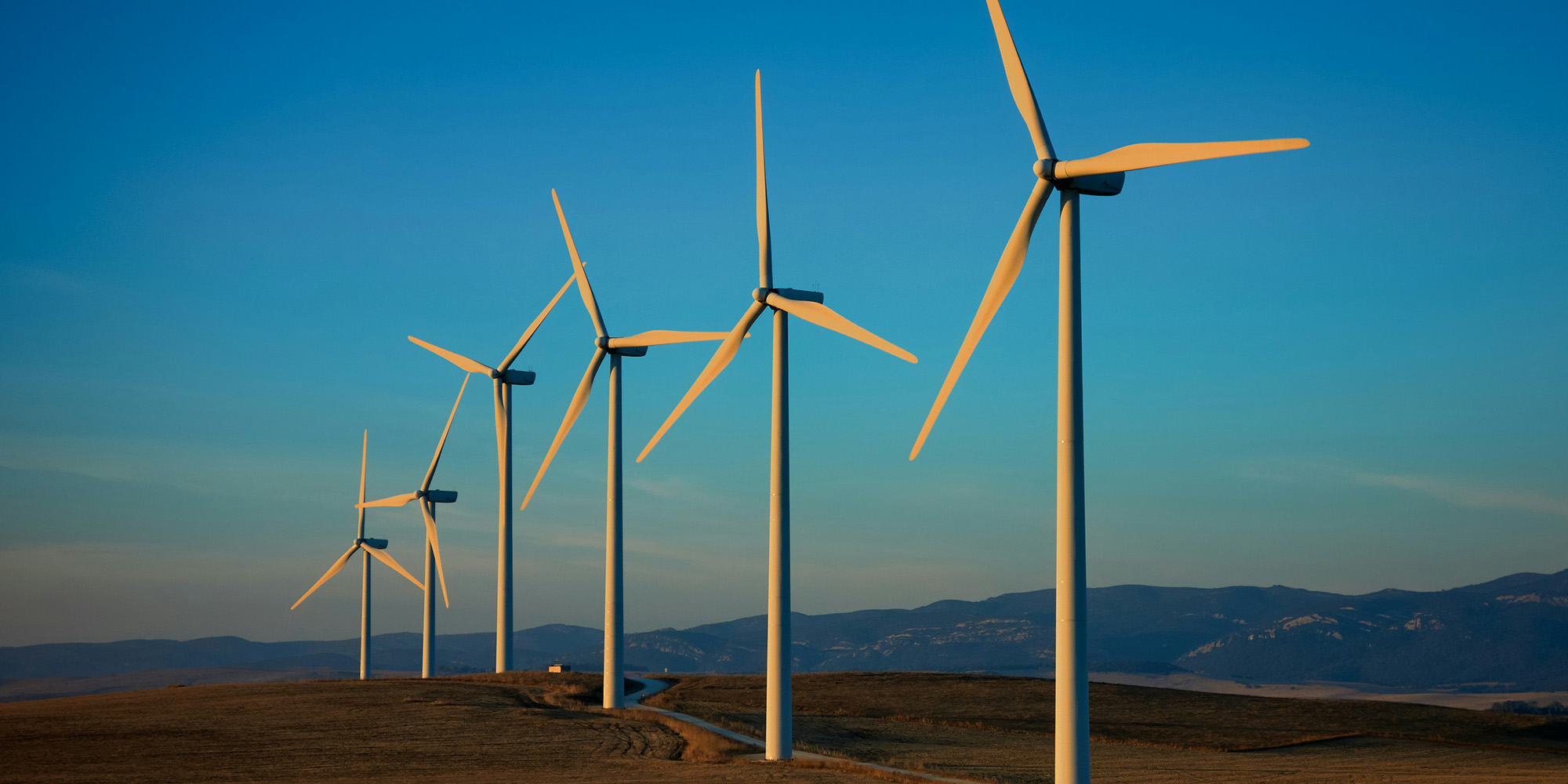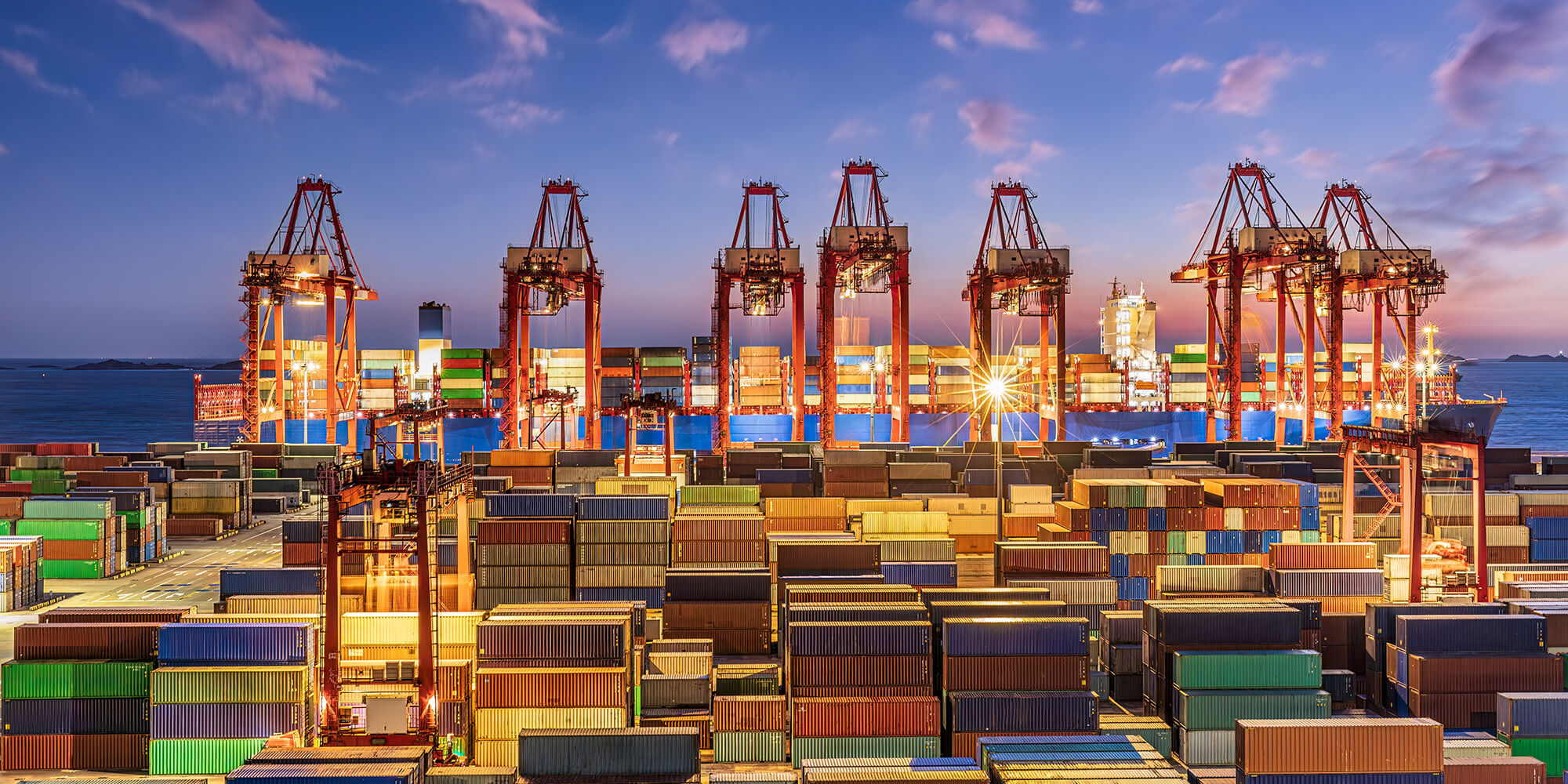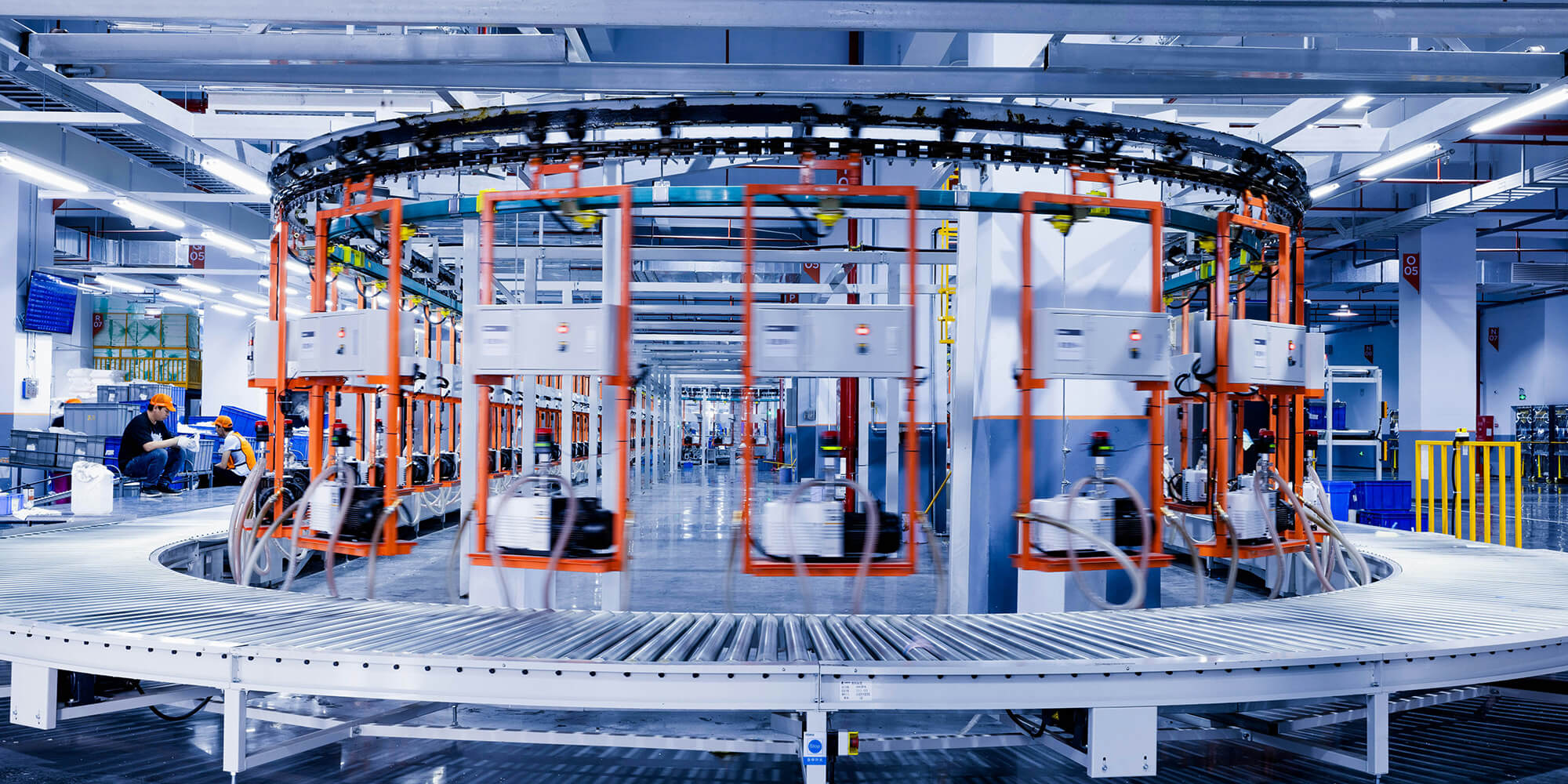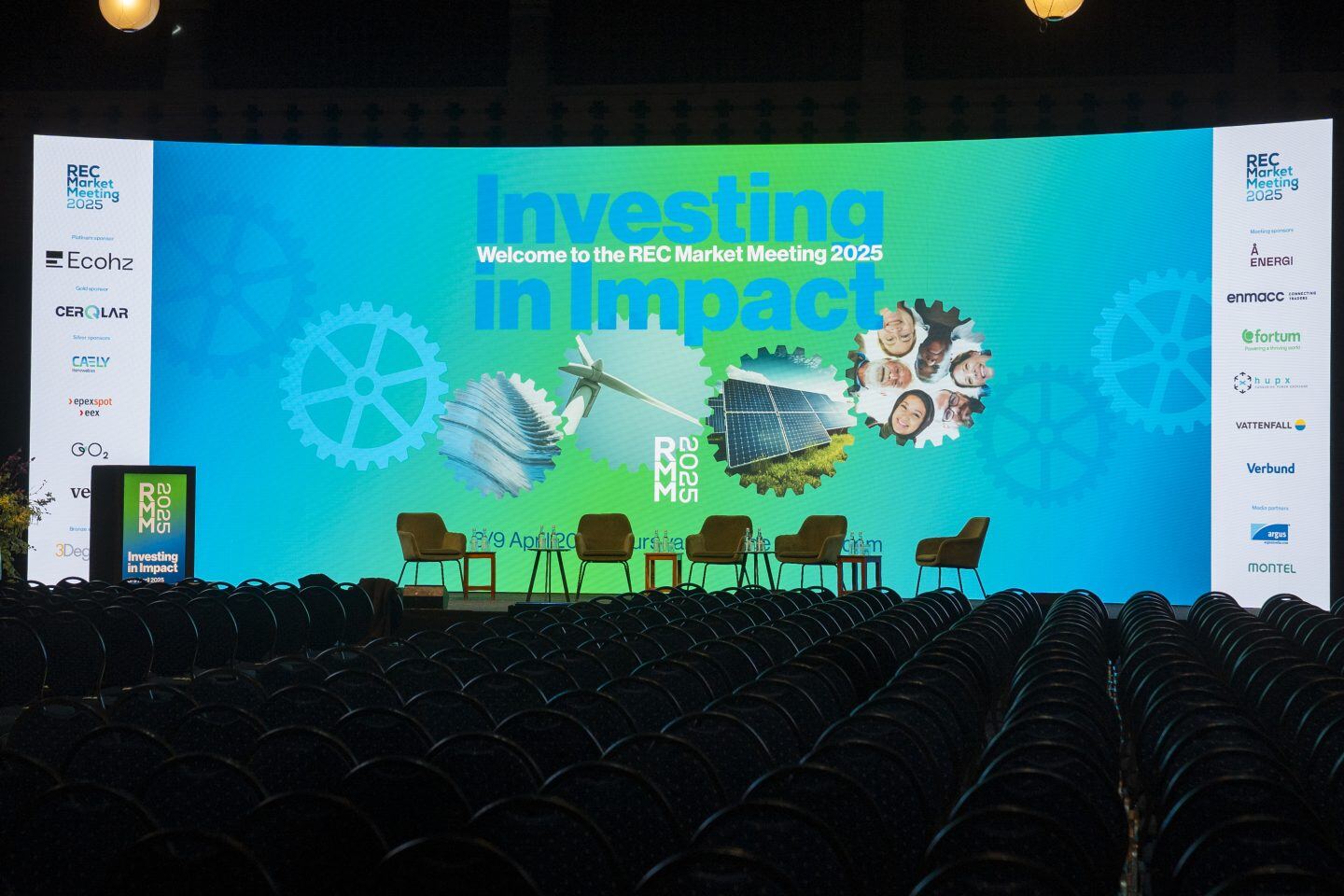What is the Carbon Border Adjustment Mechanism?
The Carbon Border Adjustment Mechanism (CBAM) is a policy framework that puts a price on the carbon embedded in products imported into the EU. In simple terms, it assesses how much CO2 was emitted making certain goods and determines how much importers must pay for every tonne. This ensures importers incur a similar carbon cost to producers located in the EU, who already pay for carbon contributions under the Emissions Trading System (ETS). The CBAM quota will follow the weekly average price of allowances under the ETS.
As we know, ETS allowances are not cheap. This year, they reached a record high close to 100 EUR per tonne of CO2 emitted, and some analysts expect them to exceed 400 EUR by 2040 as the EU keeps retiring allowances from the market.
The idea behind CBAM is to prevent ‘carbon leakage’, when companies take their operations to countries with less stringent climate policies – in other words, where it is cheaper to emit CO2. Pricing the carbon embedded in imported products is intended to promote fair competition by requiring every seller to pay a similar price for their GHG emissions, regardless of where they are produced.
Initially, only some carbon-intensive goods will fall under the scope of CBAM – cement, iron and steel, fertilisers, electricity, aluminium, and hydrogen. The EU plans to progressively expand the reach to include 50% of the emissions in ETS-covered sectors.
Rolling it out: what happens during CBAM’s transitional phase?
CBAM will be introduced gradually. A trial period started on 1 October 2023, during which businesses will have to report emissions but will not be required to pay for them. This will serve as a learning phase for regulators and companies, who will deliver their first reports on 31 January 2024 with data from the last quarter of 2023.
The permanent system will start running in January 2026. At that point, importers must declare the quantity of products they bring into the EU and the volume of embedded emissions and pay for the corresponding CBAM quotas. However, if they demonstrate they have already paid for those GHG emissions during production – via a system similar to the EU ETS – they will get an equivalent discount on their allowances.
The methods for calculating emissions will also become consistently more stringent. For the 2024-2025 cycle, companies will be able to use a variety of methods to estimate and report GHG contributions. From January 2025, only a method designed by the EU will be valid.
Importers covered by CBAM must register in the transitional CBAM registry and request access to the national competent authority (NCA) in the country where they operate. You can see a list of NCAs through this link. The registry will be fully operational in November 2023.
What role will renewable electricity play in CBAM?
Indirect emissions, those linked to electricity consumption, will also be integrated gradually into CBAM. At first, only the cement and fertiliser sectors will need to report such emissions. The scope will be then widened to include all CBAM-covered industries. But how can companies report and, most importantly, reduce their electricity-related emissions?
The methodology for indirect emissions has not been finalised yet. During the transitional period, the general requirement is to calculate them based on default values. In other words, companies depend on the carbon intensity of the grid they operate in.
However, contractual instruments for clean electricity procurement can also help. Businesses are allowed to report reduced embedded emissions by demonstrating there is a direct connection between their production facilities and a renewable energy plant, or if they have a Power Purchase Agreement (PPA) with a renewable energy producer for the specific volume of energy claimed as renewable.
The final rule is expected by 30 June 2025 at the latest. Nonetheless, PPAs look like an effective solution for reducing indirect emissions, as well as hedging costs and future risks. While the EU advances in its climate policy, businesses will be wise to prepare for the new requirements and unlock the possibilities of shifting to clean energy.
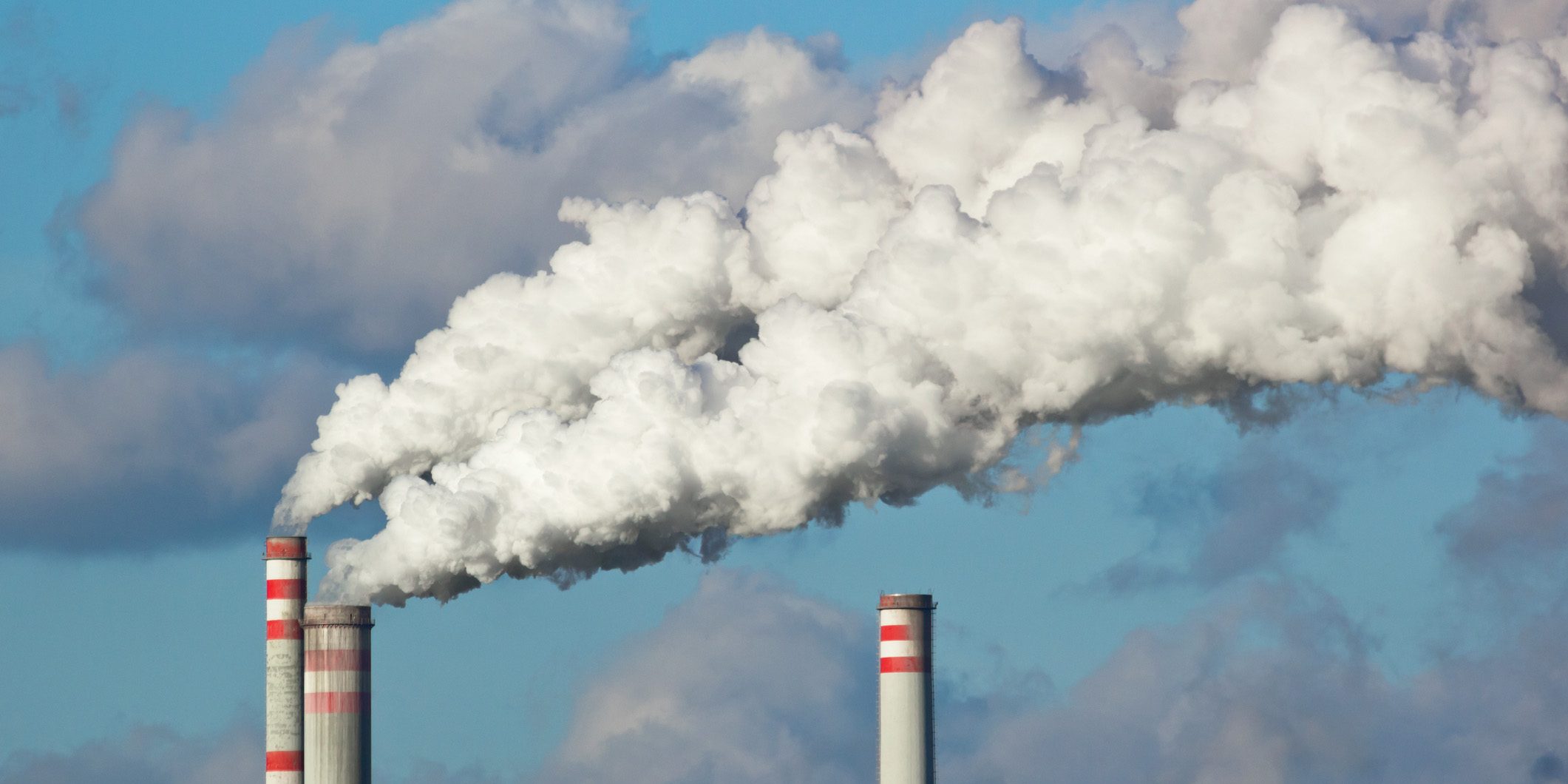


.png?width=3840&height=2560&name=Sun(1).png)

.png?width=3840&height=2560&name=Landscape_2(1).png)
